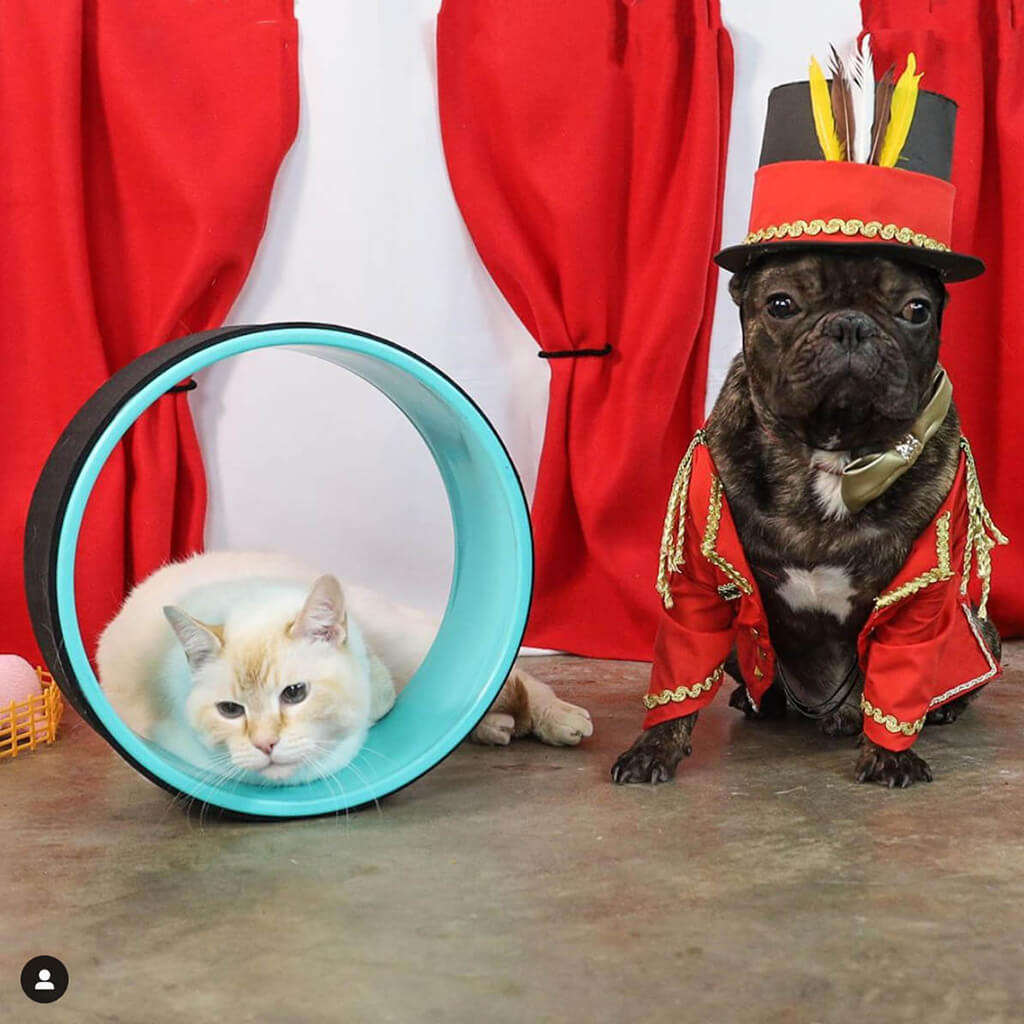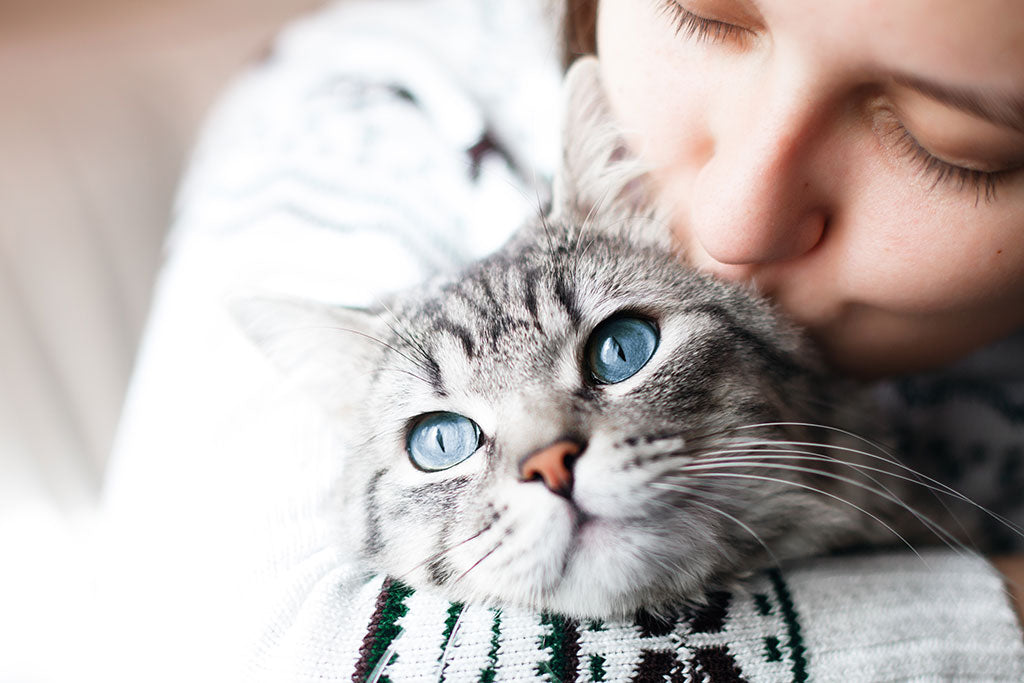Written By: Dr. Rucker, Veterinary Advisor for Zesty Paws

What do siblings, sports teams, and cats and dogs all have in common? Rivalries as old as time! As we’ve spent more time at home than ever before, even the friendliest of rivalries can still get on our nerves after months of competition.
Pet parents who have at least one canine and feline under the same roof are no strangers to bantering and bickering. But don’t fret, I have four trustworthy tricks to help keep the pet peace in any home.
Make Space
Before bringing an additional pet into the home, make sure each animal has its own protected space, a base camp if you will, that is just theirs. This creation of space is imperative, especially for cats getting a new pet sibling, as they are more protective of their space than dogs typically are. Make each camp off-limits to the other pet, but create spaces around the house in which they can both be. This allows each animal to feel confident in their own area without any conflict.
For even more comfort, try creating a vertical distance between the two breeds. Cats love high places (they’re penthouse creatures), so try a cat tower or a window hammock. Offer your pup a cozy, plush dog bed in which to hunker down.
And one more thing: Don’t forget to keep dogs away from the most private cat space there is – the litter box – since they can take a liking to eating cat feces, which is a super dangerous habit!

Prep Your Pup
We all know how important training is, but it’s especially crucial when another pet is in the home.
Take note if your dog leaps across the kitchen when a piece of food is dropped or if they’re on alert when hearing a squeaky toy. If so, that may be a sign that they could be skittish and may need to be introduced to new friends slowly. I’d recommend holding off on having them in the same space until the dog is fully prepared. A good preparation trick is to allow the cat and dog to smell each other through a bed sheet or blankets before the initial introduction.
I also recommend keeping a leash on hand for your dog during the first few pet sibling encounters or even using functional bites to entice good behavior. When you notice your pets behaving well around each other, reward them with positive reinforcement like treats or scratches!
Ensure Proper Stimulation
A dog’s energy should be released through regular exercise, so when they interact with another pet at home, they’re able to slow down their brains and control themselves.
To help stimulate your dog, I encourage pet parents to engage with their dogs in herding-type activities such as lure coursing and high-intensity trick training. All three activities stimulate the brain and the body, allowing the dog’s brain to slow down a bit.
And though cats sleep for much of the day, it’s essential to keep them engaged as well – especially during a time of change, like introducing a new pet. Cat toys that encourage play like laser pointers or a catnip mouse can get your kitty’s mind and paws racing.
Keep Their Belongings Separate
After slowly introducing more interaction between the dog and cat, be sure to keep their food bowls separate. Often, the cat will go up to the dog's bowl and try to eat out of it and vice versa. You can’t assume your dog won’t be food-protective, so it’s best to keep them separate to avoid unnecessary conflict. Try placing each bowl in a different place in the house and keep a dish on an elevated area where it’s not easily accessible to the other.
Even if you think your dog or cat is the friendliest pet in the world, it’s important to take precautions when introducing them to a new animal in the home or to ease the transition in getting along better!
Have any other tips that have worked in your home? Drop us a comment on our latest Instagram post @ZestyPaws!











